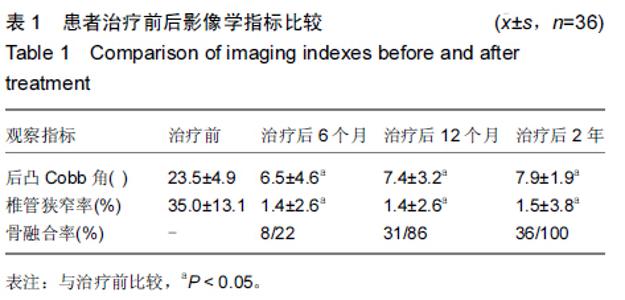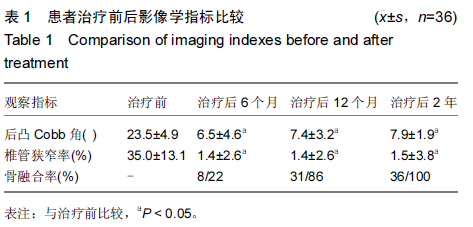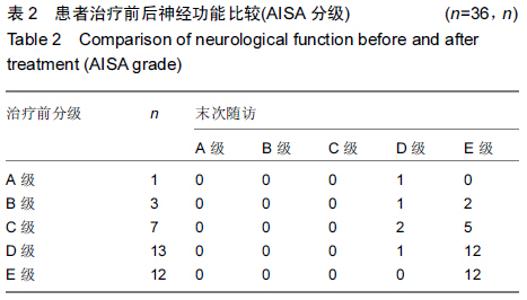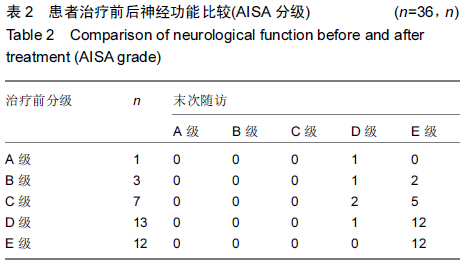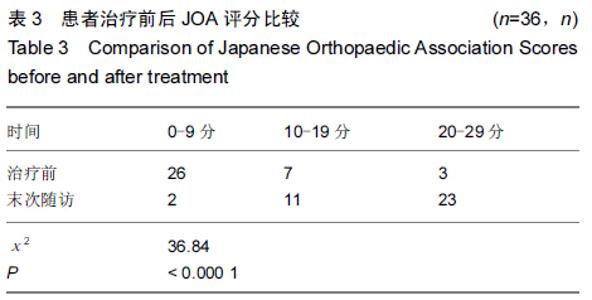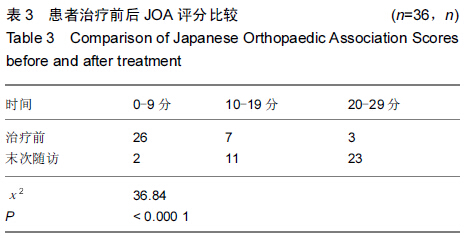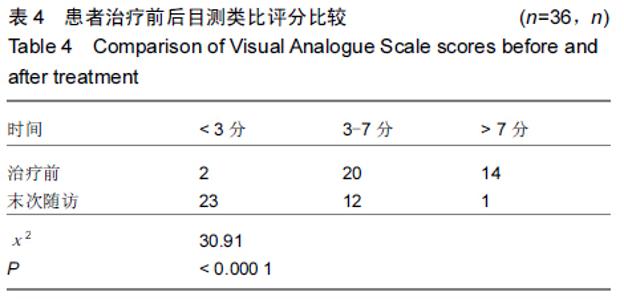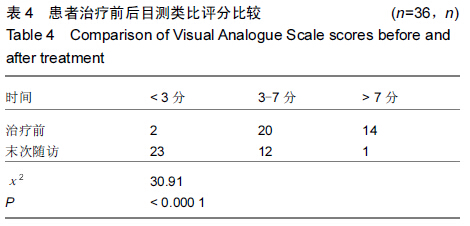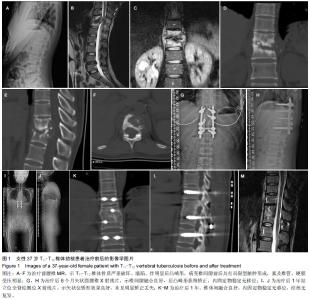[1] Shi J, Tang X, Xu Y, et al. Single-stage internal fixation for thoracolumbar spinal tuberculosis using 4 different surgical approaches. J Spinal Disord Tech. 2014;27(7):E247-257.
[2] Wang X, Pang X, Wu P, et al. One-stage anterior debridement, bone grafting and posterior instrumentation vs. single posterior debridement, bone grafting, and instrumentation for the treatment of thoracic and lumbar spinal tuberculosis. Eur Spine J. 2014;23(4):830-7.
[3] 周炳炎,黄庆华.腰椎结核不同手术方式比较分析[J]. 颈腰痛杂志,2014,35(2):118-121.
[4] Cui X, Ma YZ, Chen X, et al. Outcomes of different surgical procedures in the treatment of spinal tuberculosis in adults. Med Princ Pract. 2013;22(4):346-350.
[5] Moon MS, Kim SS, Moon YW, et al. Surgery-related complications and sequelae in management of tuberculosis of spine. Asian Spine J. 2014;8(4):435-445.
[6] Lee SH, Sung JK, Park YM. Single-stage transpedicular decompression and posterior instrumentation in treatment of thoracic and thoracolumbar spinal tuberculosis: a retrospective case series. J Spinal Disord Tech. 2006;19(8): 595-602.
[7] 王林峰,申勇,丁文元, 等. 腰椎结核的一期后路经椎间隙病灶清除内固定术[J].中华骨科杂志,2014,34(2):137-142.
[8] 李健,张振山,杨波,等.后路一期病灶清除联合单节段椎间植骨融合内固定治疗下腰椎结核的疗效评价[J].实用医学杂志,2011, 27(6):1046-1048.
[9] 张宏其,郭超峰,唐明星,等.一期后路病灶清除、异形钛网椎间植骨融合治疗胸、腰椎结核[J].中华骨科杂志,2014,34(2):102-108.
[10] 李娟,王会仁,姜允琦,等.胸、腰椎结核病灶清除联合应用局部缓释抗结核药物的疗效分析[J].中华骨科杂志,2014,34(2): 129-136.
[11] Zhang HQ, Wang YX, Guo CF, et al. One-stage posterior approach and combined interbody and posterior fusion for thoracolumbar spinal tuberculosis with kyphosis in children. Orthopedics. 2010;33(11):808.
[12] Rawall S, Mohan K, Nene A. Posterior approach in thoracolumbar tuberculosis: a clinical and radiological review of 67 operated cases. Musculoskelet Surg. 2013;97(1):67-75.
[13] Garcia-Monco JC. Tuberculosis. Handb Clin Neurol. 2014; 121:1485-1499.
